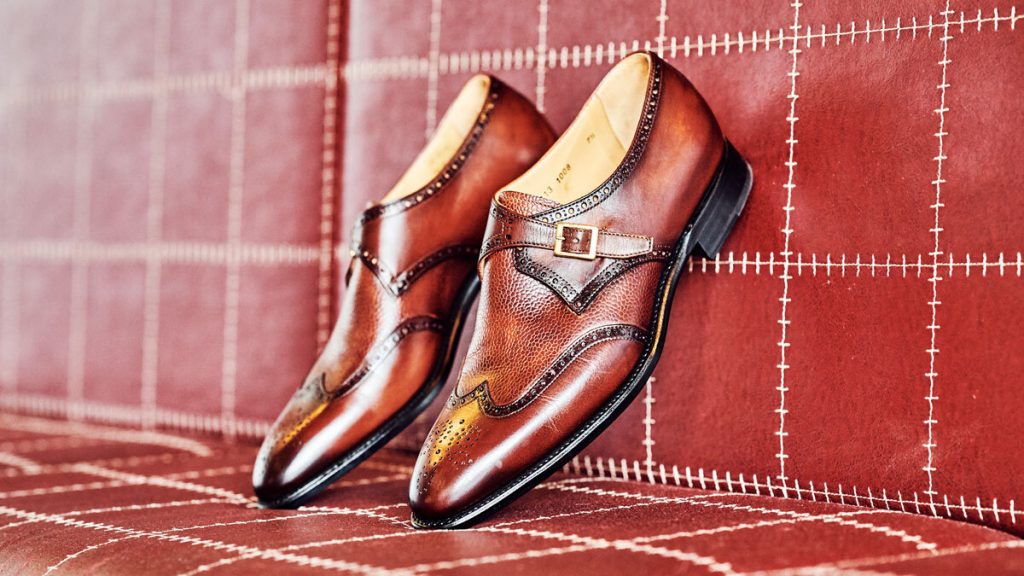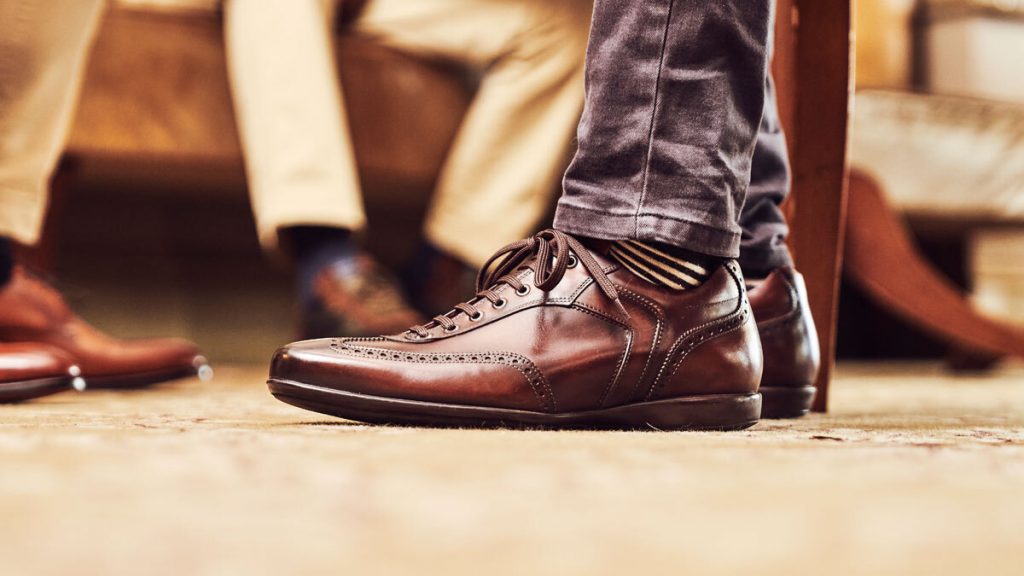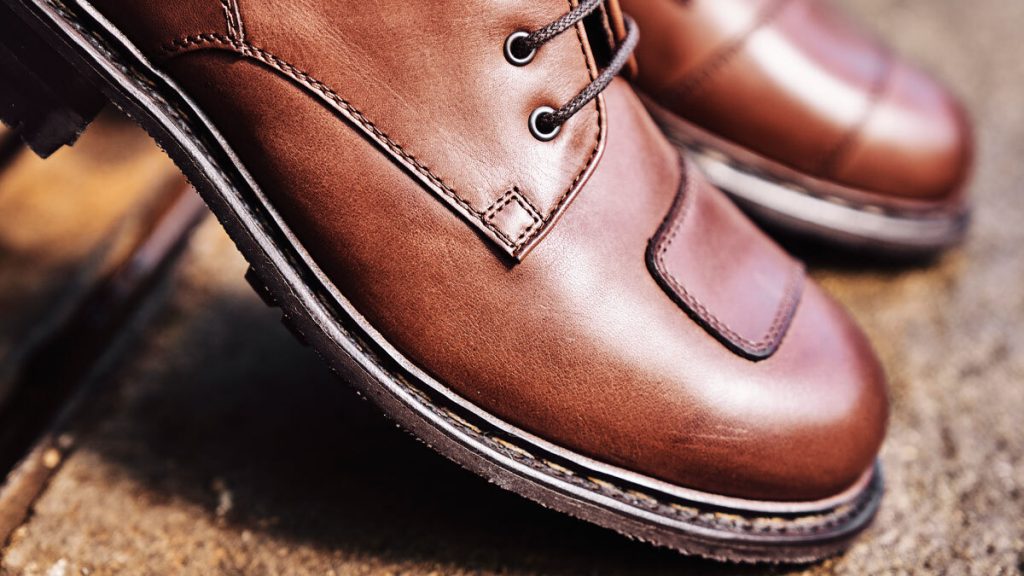For those of you that are well aquatinted with welted footwear, this article may well be a case of preaching to the converted, however it could help you determine the styles and construction you decide to try next.
So, what should you expect when you purchase your first pair of welted or stitched shoes or boots? Of course, you are expecting to be blown away by the quality and aesthetics; this is a given when you are spending your hard earned money. No doubt you are also expecting them to be the most comfortable pair of shoes you have ever worn too, and this is where it becomes important to understand why your new shoes are as expensive as they are and how this affects their comfort.
Firstly, let’s talk about the fitting. Without going too far down the rabbit hole, the size needs to be right. You are looking for a snug, but not tight fitting, and they certainly mustn’t be loose. You should have a nice ‘V’ in the lacing area too which over time will close a little as the leathers stretch. If the fitting is correct then you are good to go and it’s time to walk around the house to get a feel for them (you would be forgiven for posting a sneaky Instagram photo to really rub it in your friends’ faces how nice your new shoes are). But you have probably noticed that while they feel supportive and snug, they are perhaps not particularly comfortable straight away, especially when compared with your trainers or sneakers. Fear not.

Let’s swing back to why you have paid so much for these shoes and where most of that cost has gone. Simply put, it’s the materials, construction and the manual labour of the shoes to go through 200 odd processes from start to finish…by hand. The leathers will be real. This means they are thicker and in turn a little stiffer. Calf leather will always be softer than a polished leather though, so they will feel more comfortable straight away in comparison, but still it is thicker than imitation leather or thinner leathers used on casual shoes. This means they will last many years, but they will also require more breaking in. There is also a cork footbed between the sole and insole. This feels stiff, but again, it is designed to mould to your soles as you wear them in, the same way the leather uppers will and you will likely find the stiffness is often most noticeable around the heel because of the heel card inserted between the leathers (this is essential to help the heel keep its shape). It is not uncommon for you to get a blister or some pain in the heel when wearing them in. This does not mean they are poor quality or that there is a fault, it is simply part of the breaking in process and it will ease by wearing them indoors for two to three evenings before you first wear them outside. They will have already started to soften and mould to your feet in this time.
Ok, so now it’s time to talk about the sole and construction. The thicker the sole, the harder it is to break the shoes in, similar to the thickness of leather uppers also having a say in how hard they are to break in. When you think about it though it’s quite logical: A thicker material has less flexibility than a thinner material. So, a single thickness leather sole (most dress shoes have this) will break in quicker than a Dainite rubber sole. Both of these would wear in quicker than a double or triple thickness leather sole. Again, and logically, a single thickness leather sole is going to also wear quicker than the a Dainite or double/triple thickness sole, so it is a case of weighing up the pros and cons when deciding what style you are going for, and the same can be said for how the uppers are stitched to the sole (the construction).

Goodyear welting is known as ‘the world standard’ of shoe construction (see this blog for a more in-depth read on construction) and quite rightly so, it makes shoes extremely hardy and resilient. It allows for the shoes to be resoled many times. It also means that, again, the shoes will be less flexible straight away due to the amount of stitching and welting, which also adds a little weight.
If you are desperate for a pair of shoes that you won’t need to spend so much time breaking in, then you should consider looking for a pair that are Blake stitched. They can be repaired still but as not as many times as a Goodyear welted pair. They are also lighter and more flexible due to the stitching process, so they will instantly feel less ‘stiff’, this method is used more in casual shoe styles like loafers and moccasins.
Finally, you have glued soles. These cannot be repaired and they are often less expensive than any of the above methods because they are much simpler to make but they are not as hard wearing or long lasting. The major advantage is that they will need very little breaking in though and will feel more ‘instantly’ comfortable.

At this stage you are probably wondering why you would put yourself through all of this for a pair of shoes and I don’t blame you! But I can assure you, it is worth it. Once you have broken in your shoes, which can take anywhere from one week to four weeks, they will be the most comfortable shoes you have ever worn and they will also look superb thanks to the supreme leathers.
As they say, no pain, no gain…
No Comments